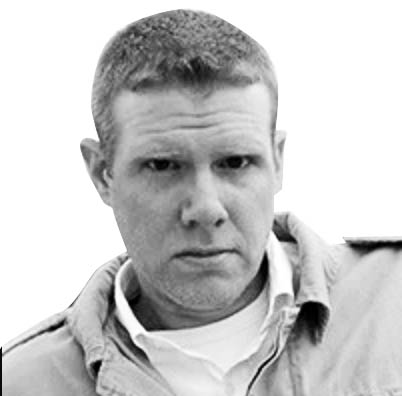World
Raul Arboleda/Getty
Colombia Is on Fire as Latin America’s Deadly Mass Protests Spread
EL PUEBLO UNIDO?
Corruption is the common issue across the political spectrum in South America. People are just mad as hell and not going to take it anymore.

Trending Now





